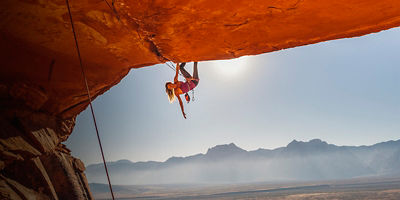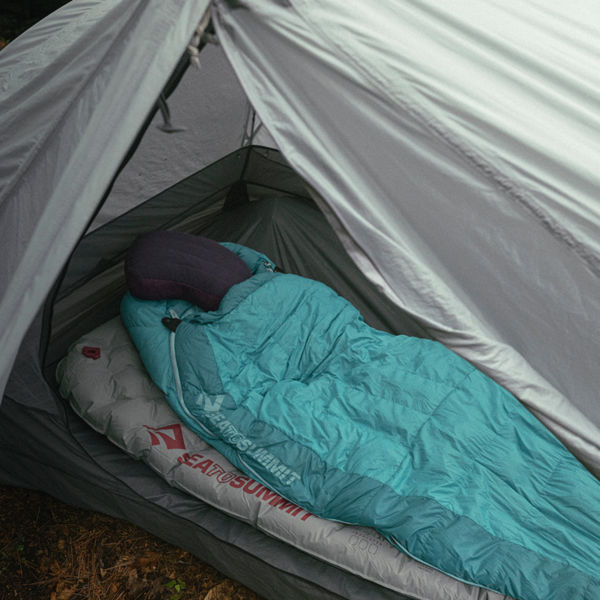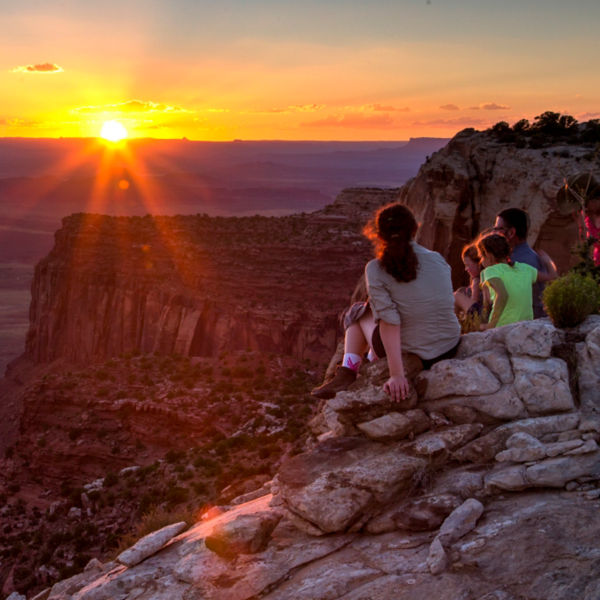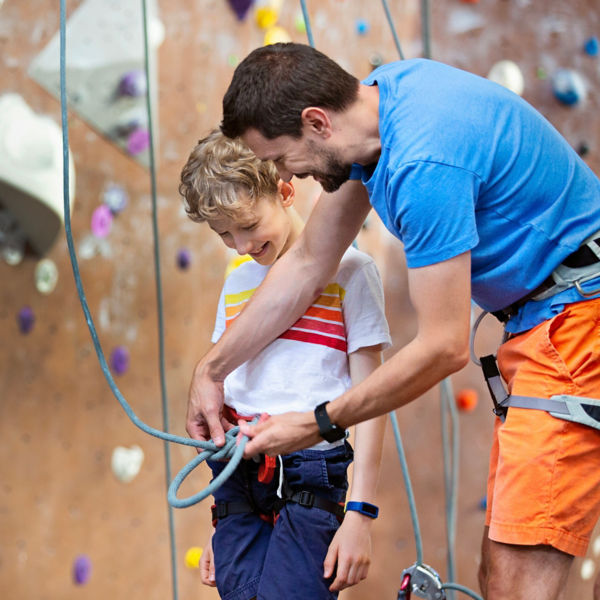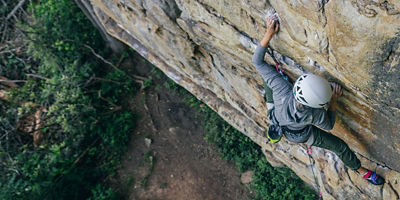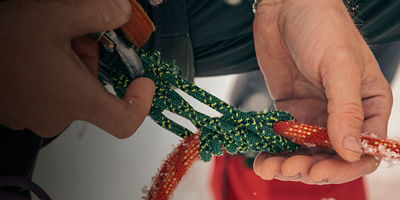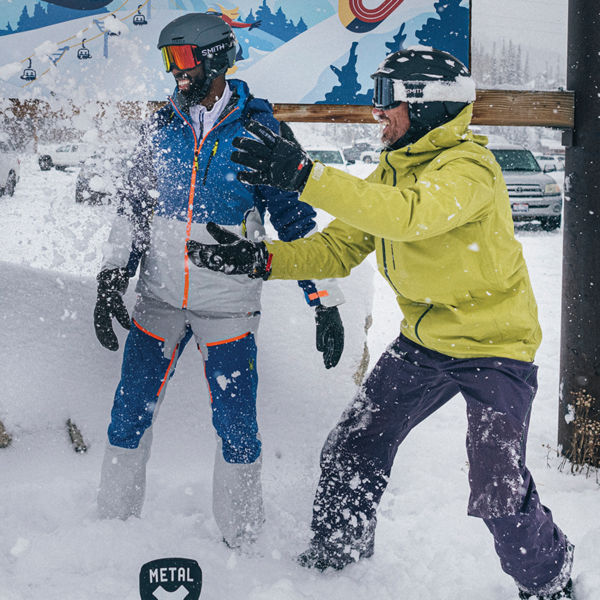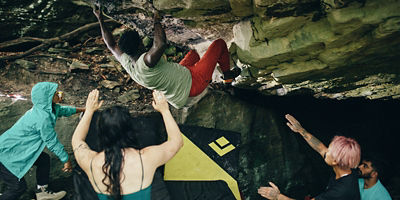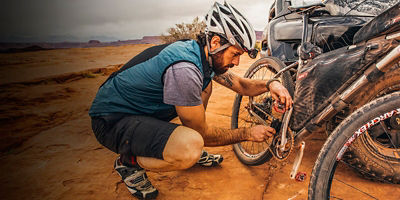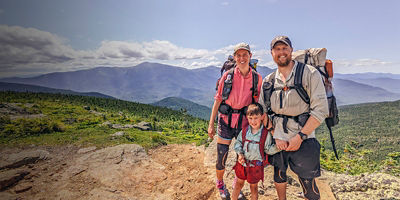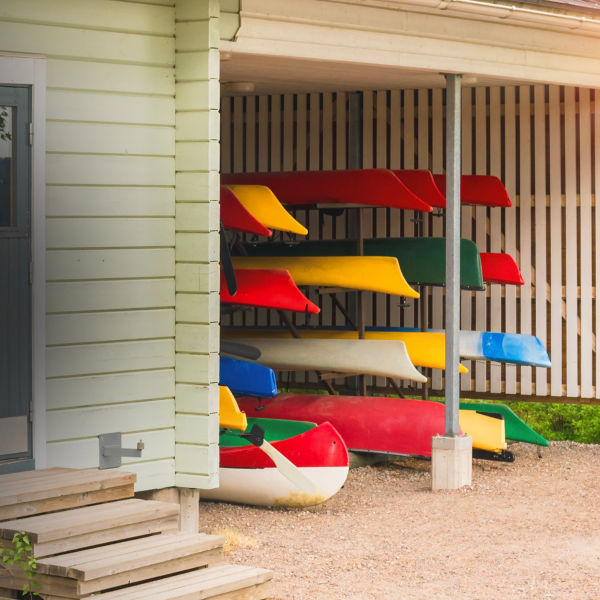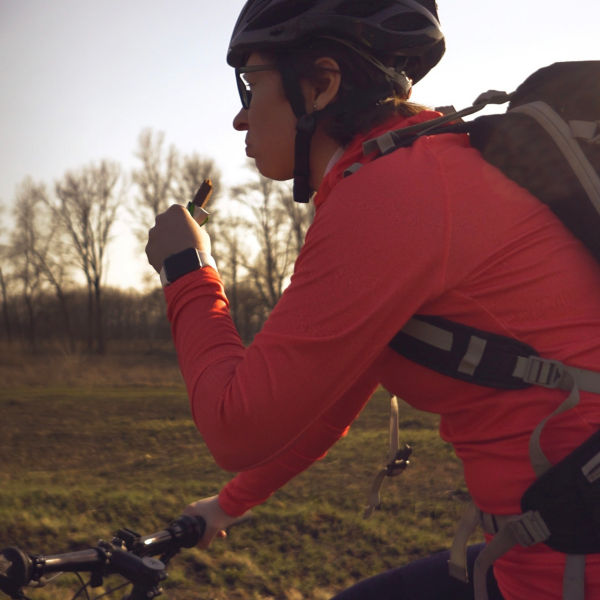
So you did everything to avoid attracting a bear to camp or surprising a bear on the trail, but you still find yourself in the midst of an uncomfortably close encounter. This chance interaction can happen even when you do everything “right,” because bears are wild animals and their behavior is never 100% predictable. Here’s what to do if you encounter a bear, according to experts at the National Park Service.
Assess the Type of Encounter
In the past, conventional wisdom said to react one way for grizzlies (play dead) and another way for black bears (fight back). That rule may still generally hold true, but researchers say the reality is more nuanced: The key difference is whether you’re dealing with a surprised bear or a predatory one. Here’s how to tell the difference and how to react accordingly.
Surprise Encounter
A bear that’s surprised and nervous will exhibit clear signs of its anxiety. If it clacks its teeth, sticks out its lips, huffs, woofs, or slaps the ground with its paws, it’s warning that you are too close. These signs can look an awful lot like aggression, especially to a frightened human, but it’s really telling you to go away. Listen to the bear.
Slowly Back Away
Make noise but do nothing to startle the bear—no fast movements.
Do Not Run
You cannot outrun a bear. An Olympic sprinter cannot outrun a bear. And running could trigger a chase response.
Do Not Climb a Tree
No matter what you’ve heard, bears can climb trees. Probably better than you.
Prep Your Bear Spray
Experts all agree that you should carry bear spray. Keep it in a holster, where it’s accessible, and know how to use it. Now draw your bear spray, remove the safety tab, and get ready to use it if the bear charges.
Stand Your Ground
If a surprised bear charges, remain standing tall and hold still. This is easier said than done, of course, but in most cases it’s a bluff charge; the bear is likely to stop or veer away.
Use Your Bear Spray
Regardless of whether it’s a bluff charge or not, this is the time to discharge your bear spray. Follow the instructions carefully and start spraying when a charging bear is 60 feet away or less (more like 30 feet for a slow-moving bear). Aim low so the spray doesn’t go over the bear.
Play Dead
If the bear continues its charge, wait until it makes contact (or the second before) and drop to the ground and play dead. It’s important not to do this early. The goal is to convince the bear that you’re not a threat. Keep your pack on to protect your back. Lie on your stomach, hands clasped behind your neck with your elbows protecting the sides of your face. Spread your legs to provide more stability so the bear can’t roll you over (if it does, continue rolling to get back on your stomach). Remain as still and quiet as you can.
When the bear leaves, wait patiently before moving. You want to be sure the bear has left the area before you walk (don’t run) away. A sow with cubs may linger a bit while she collects her cubs.
Need convincing that playing dead works? Since 1970 in Yellowstone, according to National Park Service data, people who played dead when attacked by a surprised bear suffered only minor injuries 75% of the time. However, people who fought back during surprise encounters received very severe injuries 80% of the time.

































